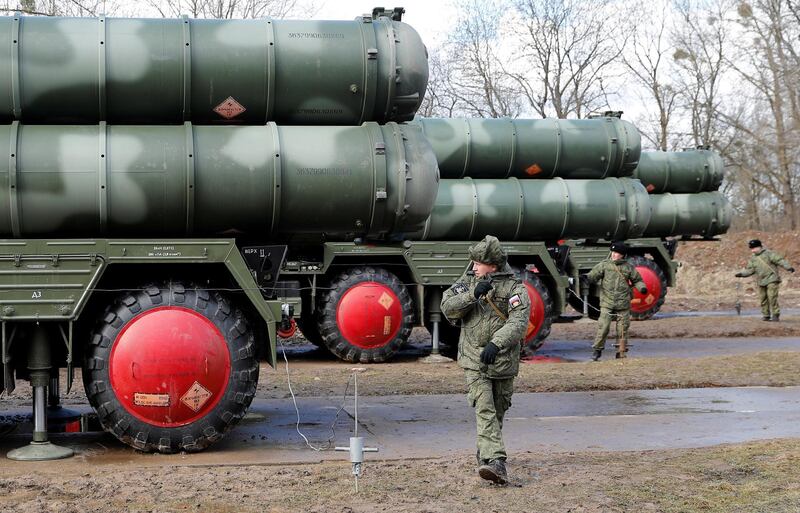Military spending worldwide is at its highest level since records began, according to a new report by the Stockholm International Peace Research Institute (SIPRI).
The think tank found that global military spending reached $1.2 trillion last year, a 2.6 per cent increase over the year before. In real terms, military spending is 76 per cent higher than in 1998, which was the post-Cold War low.
One state no longer a top spender though is Russia. The rump state of the former Soviet Union, which rivalled the US for global domination during the Cold War, Russia has been nudged out of the top five military spenders worldwide for the first time in 10 years. As the Kremlin has decreased its military budget the United States and China have increased spending massively. Saudi Arabia, India and France are also in the top five.
SIPRI said Russia cut military expenditures by 3.5 per cent from 2017. Chinese spending jumped for the twenty-fourth consecutive year to $250 billion. US spending, meanwhile, grew for the first time since 2010, driven by arms procurement under administration of President Donald Trump. Its 2018 budget of $649 billion, nearly equals the next eight countries combined.
The new data comes as Russia is working to reassert its military might abroad. The Kremlin has sought to bolster its geopolitical clout by annexing the Crimean Peninsula from Ukraine in 2014 and backing separatists in the east of the country. In 2015, its intervention in Syria on the side of President Bashar Al Assad turned the tide of the war in his favour.
Whether not the new figures are likely to impact on Russia’s forays abroad is difficult to assess, said Alexandra Kuimova, a research Assistant at SIPRI focusing on the former Soviet Union. “The extent of involvement of the Russian forces in military operations abroad largely depends on political decisions made by the Russian government.”
"So far," Ms Kuimova told The National, "it is hard to assess how the decreases in Russian military spending will change the role of the Russian military abroad."
The difficulty gauging the impact on Russia’s military presence abroad is compounded by forecasts showing an increase in spending in 2019, she added.
Russian security expert Pavel Luzin said it was unlikely the new figures would reveal any change in the Kremlin's military posture abroad. The "changes in whole defence spendings doesn't mean a decline in Russia's ability to conduct a military campaign and it doesn't mean Russia's foreign policy will become more peaceful," he told The National.
Since Russia intervened in Ukraine and Syria, the Kremlin has increasingly leaned on private mercenary groups to do execute political goals. The Wagner fighting group, reportedly operated by close Kremlin ally Yevgeny Prigozhin, has been linked to Russia’s wars throughout the Middle East and North Africa. However, Ms Kuimova said SIPRI had not been able to account for state spending on private fighting groups.
The bulk of Russia’s spending in 2018, some 40 per cent, was on arms procurement. The spending comes as part of a military modernisation program launched in 2010, which saw spending jump between 5 and 16 per cent in the early years of the programme.
One area in which Moscow maintains its military influence is in arms exporting. Russia is the second largest weapons exporter worldwide after the US, according to SIPRI.
Sales of missile defence systems to countries ranging from Turkey to China offers the country a route to maintaining global influence without increasing military spending.







